Vietnamese travel companies are moving away from the “four seasons as one” rut, shifting to building seasonal itineraries and experiential stories. This trend helps keep products fresh, keeping tourists coming back again and again, especially young groups and families.
According to Agoda booking data in the first 6 months of 2025, Vietnam ranked third in the top 5 Asian countries with the highest number of returning visitors, after Japan, Thailand and above Malaysia and Indonesia. Da Nang appeared in the top 10 Asian cities with the highest rate of returning visitors for the first time. The General Statistics Office said that by the end of October, Vietnam is estimated to have welcomed more than 17 million international visitors and achieved more than 60% of the year's target. The industry aims to welcome 25 million international visitors and 150 million domestic visitors in 2025.

The story of Mr. Tran Huu Cuong (60 years old, Ninh Binh ) - who felt that the 5-day, 4-night Thailand itinerary was "exactly the same" as the trip 15 years ago - reflects the boredom of traditional tours. Vietluxtour representative, Ms. Tran Thi Bao Thu, said that a part of the product still has the "four seasons as one" nature, reducing the attraction and the number of returning customers.
Discover Vietnam by season
Summer 6-8: sea and highlands for families
Summer is the peak season for beach and family tourism. Itineraries focus on Nha Trang, Phu Quoc, Da Nang or cool plateaus like Da Lat, Sa Pa. Instead of the stereotype of "swimming in the sea - eating seafood", products are designed according to themes such as combining wellness - health care, experiencing beach sports for multi-generational families or corporate team building, according to Mr. Pham Anh Vu, Deputy General Director of Viet Tourism Company.
Thu 9-11: Northern culture and nature
In autumn, typical experiences of the North are popular: hunting for golden rice fields on Mu Cang Chai terraces, hunting clouds and admiring wild sunflowers in Ba Vi (Hanoi). The combination of the Northwest rice fields and indigenous culture helps many itineraries achieve a 90% occupancy rate right from the opening, according to records of travel agencies in the North.
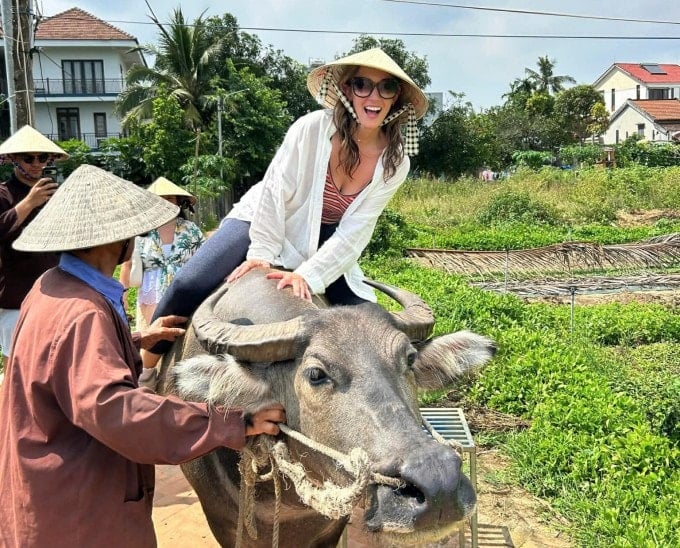
Winter and year-end: snow hunting, festive atmosphere
Winter sees snow hunting tours and products associated with festivals such as Christmas and New Year. According to Mr. Vu, the company’s year-end tours are 50% booked in October.
Year round: Dalat flower season, international tours follow the seasons
Even year-round destinations like Da Lat are refreshed with seasonal flower itineraries: wild sunflowers, purple phoenix flowers, cherry blossoms – each season creates a different “reason” to return. International tours are divided more clearly by season: cherry blossom season, yellow and red leaves in Asia; year-end shopping festival season in Singapore; snow viewing, skiing in Korea, Japan, Europe.

Why seasonal tours are on the rise
Ms. Nguyen Thuy Chung, Head of Etrip4u.com tour department, said that many units have clearly divided each characteristic stage so that the products are always fresh and the business has a steady flow of customers all year round. This method requires creativity and larger but sustainable investment.
After the pandemic, according to Mr. Vu, tourists no longer prioritize “instant noodle” tours but look for unique, personalized experiences and the right departure time. Booking.com announced in November 2024 about 9 travel trends in 2025, showing that Millennials change their perspective on airport experiences, while Baby Boomers pursue adventurous trips; travel is seen as a way to self-discover and connect more deeply with the world.
Challenge: real differentiation and service quality
The biggest challenge is creating differentiation. When many companies launch seasonal products, the tour highlight is easily saturated. Mr. Vu commented: "The company that creates more differentiated experience products will attract more customers."
During peak seasons such as summer and the rice-hunting season in the North, the overload situation pushes up service prices by 30-50% and the quality of accommodation and transportation decreases. Ms. Tran Thi Bao Thu believes that to increase competitiveness, units need to advise and take better care of customers and coordinate closely with partners at the destination to ensure stable quality.
Quick tips for seasonal itineraries
- Choose the right “beautiful season”: summer for the sea and plateau; autumn for the golden season, wild sunflowers; winter for festivals and snow hunting; Dalat according to the flower season.
- Book early during peak season to avoid overcrowding and price fluctuations; many attractive itineraries reach 90% occupancy as soon as they go on sale.
- Work with a travel agency that provides detailed advice, products according to group needs (family, business) and clear experience stories.
- Prioritize itineraries with experience highlights instead of visiting too many places in a short time.
The industry’s 2025 goal requires going beyond the traditional tour framework. As Mr. Vu affirmed: “Unique products and dedicated services are the vital factors that help the Vietnamese tourism industry develop sustainably and make its mark on the international tourism map.”
Source: https://baonghean.vn/viet-nam-du-lich-theo-mua-va-tour-trai-nghiem-moi-10312905.html

















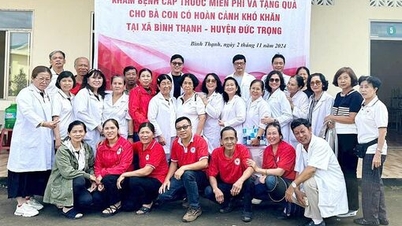

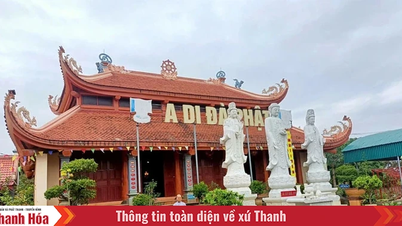

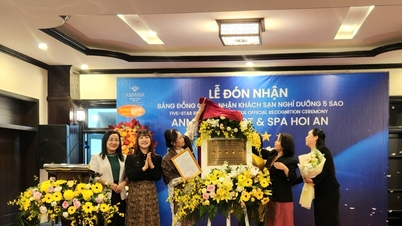
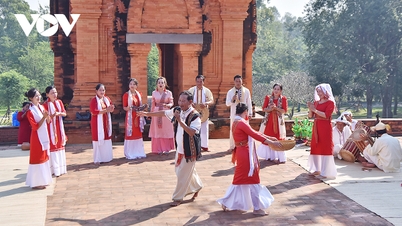



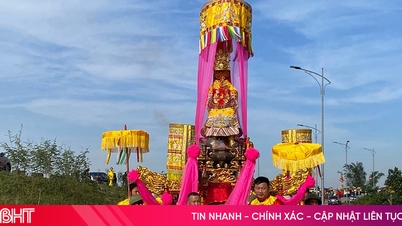

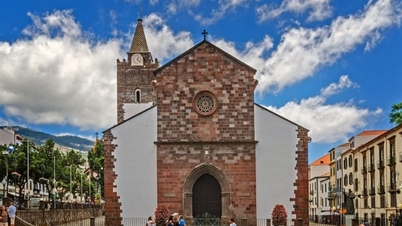







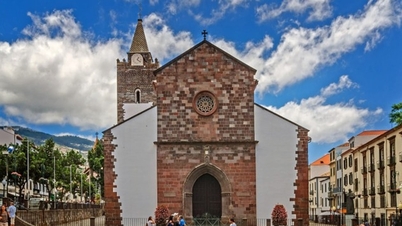
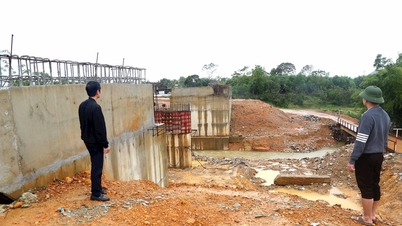
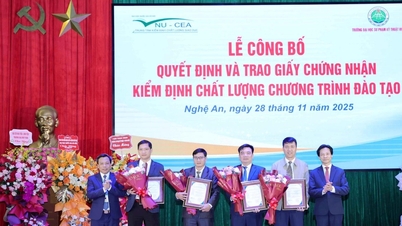
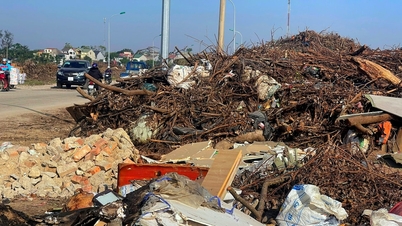
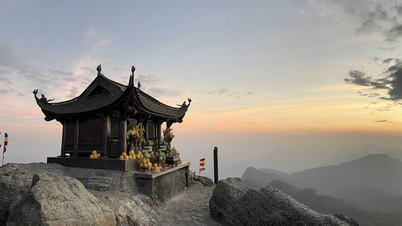













































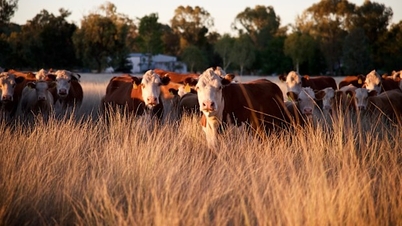


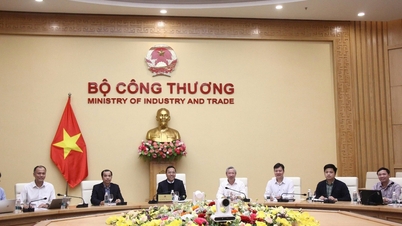







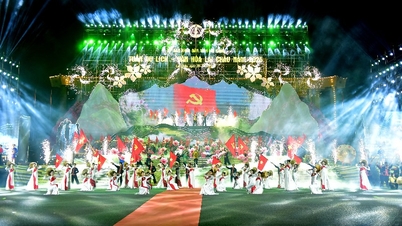


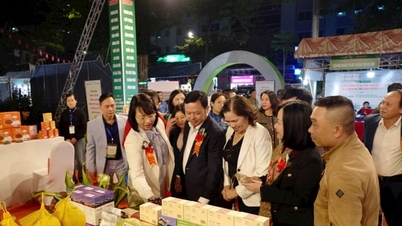
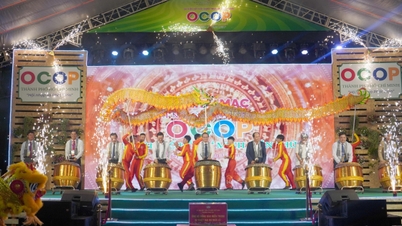










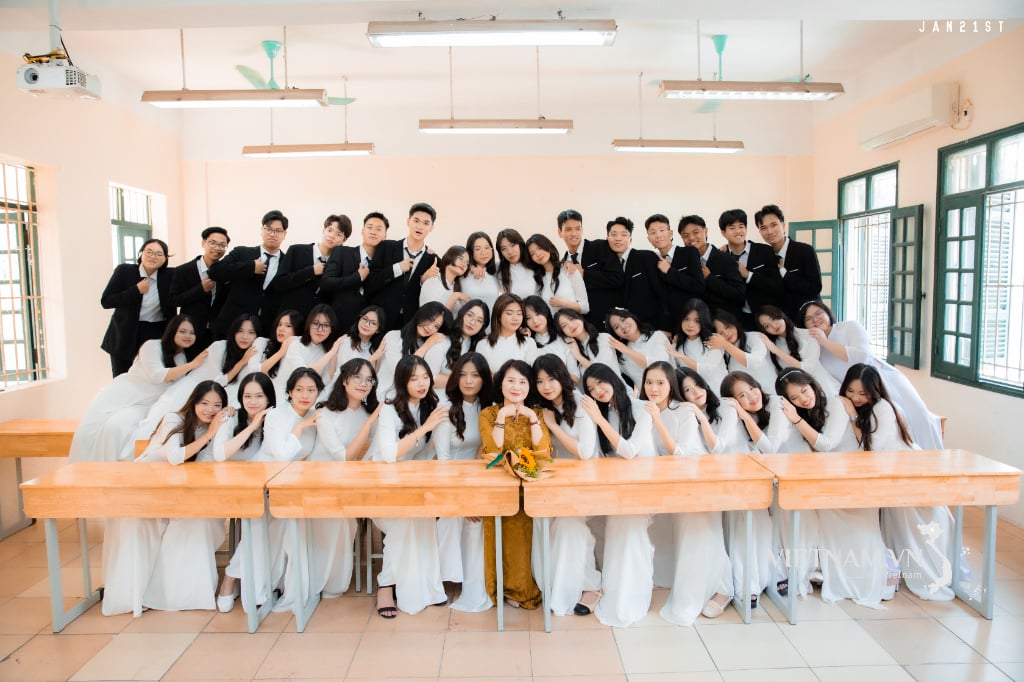
Comment (0)